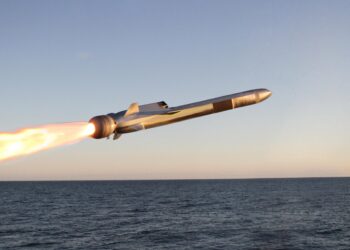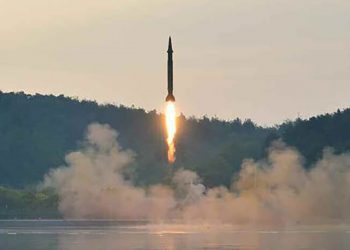United Press International,
WASHINGTON: The failure of two major India missile launches in two days Sunday and Monday proved intensely embarrassing for the nation's prestige and threw major doubt on its military-industrial high-tech capabilities.
An analysis from the Inter-Press Service that was published in the Asia Times Tuesday argued that the problems are deep-rooted in the Indian defense establishment.
On Monday, a $50 million geosynchronous satellite launch vehicle, or GSLV, with a communications satellite on board was ordered to self-destruct as it veered off course soon after liftoff on Monday. Authorities at the civilian Indian Space Research Organization said one of its four strap-on rocket motors had failed.
The day before, the Agni III intercontinental ballistic missile, the pride of India's strategic missile forces, failed shortly after take off. The Agni III was designed to have a range of 2,100 miles to 2,400 miles — a capability that would have allowed it to deliver a nuclear weapon payload as far as the Chinese cities of Beijing and Shanghai. But on its first, and much delayed test launch, it crashed instead into the Bay of Bengal after flying less than 600 miles.
Of the two unsuccessful launches, “the failure of the Agni III was in some ways more serious because it exposed the political limitations of India's attempts, despite its ambitions, to pursue a military capability which is truly independent of the U.S.'s strategic calculations,” analyst Praful Bidwai wrote in the Asia Times.
The Agni-III was originally meant to be tested in 2003-04. However, its first test was repeatedly postponed owing to technological problems. More recently, as we have noted previously in these columns, the Congress Party-led government of Prime Minister Manmohan Singh deferred a scheduled test launch this year so as not to risk hostile reactions in the United States while the U.S. Congress was considering ratification of India's nuclear cooperation agreement with the United States.
Read Full Article Here









